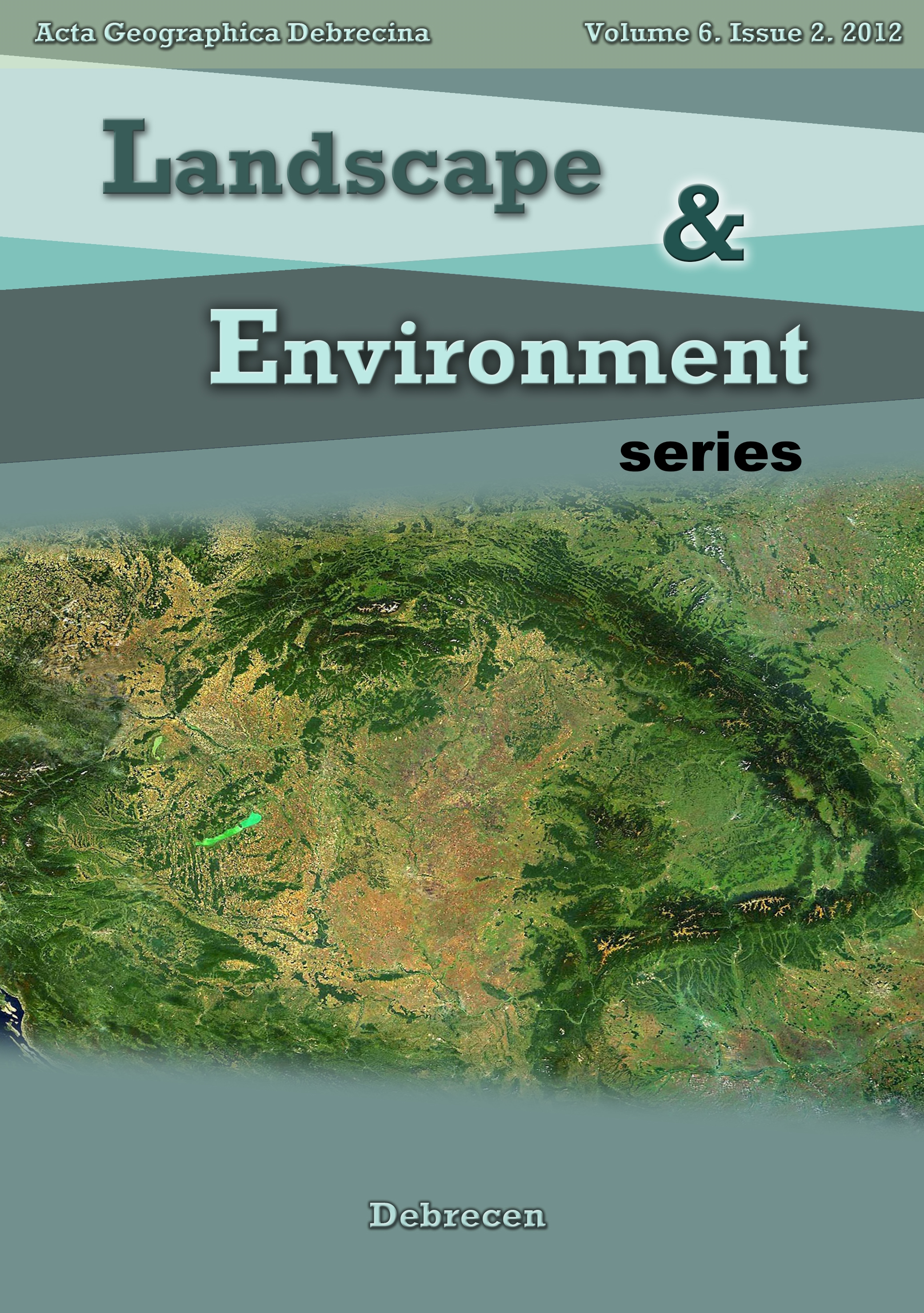Comparison of the most popular open-source GIS software in the field of landscape ecology
Author
View
Keywords
How To Cite
Abstract
GIS (Geographic Information System) software is a very useful tool in modern landscape ecology research. With its help data can be obtained which can - after processing - help to understand and demonstrate the processes taking place in the landscape. Since direct environmental measurements and sampling from a large area are, in many cases, difficult or even impossible, modelling with GIS tools is very important in the workflow of landscape research and landscape analysis. In this article we review the best known open source GIS systems and geographic information tools with possibilities for landscape ecology application. Furthermore we will introduce all the basic concepts that are associated with these open source software programmes. We provide a comparative analysis of the most widely used open source GIS applications, where, through a specific example, we will examine how these tools are used to produce basic landscape metric indicators. We will examine those functions of the programmes that are necessary to produce a complete thematic map, and finally we will emphasize various other important functions of the software to give adequate information for those users who choose open source code GIS tools, for financial reasons or otherwise, to complete a landscape ecology analysis. Our opinion is that this type of comparison is much more informative than those done by proprietary software, because these latter are all based on a basic data library, and therefore yield similar results (proj4, gdal/ogr, jts/geos, etc.) to their ‘paid’ competitors. This examination is timely, as these programmes have been gaining popularity over the last 20 years thanks to their continuous development, their independence from any platform, and their compatibility with most data formats.
